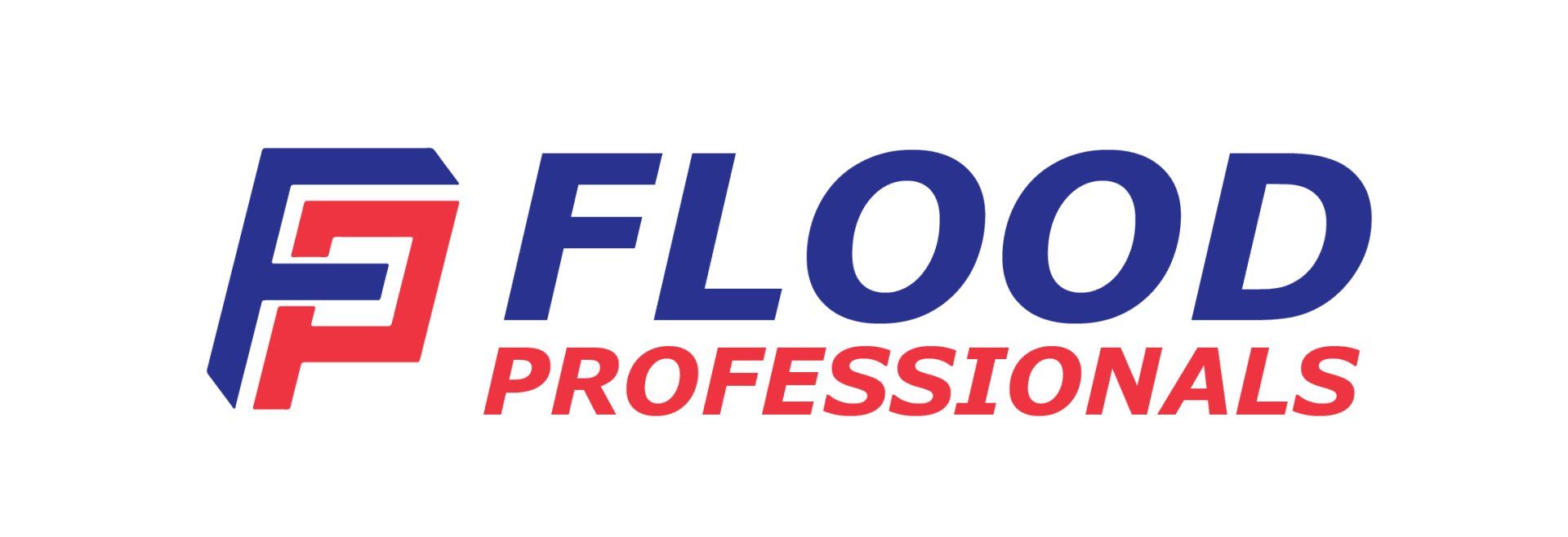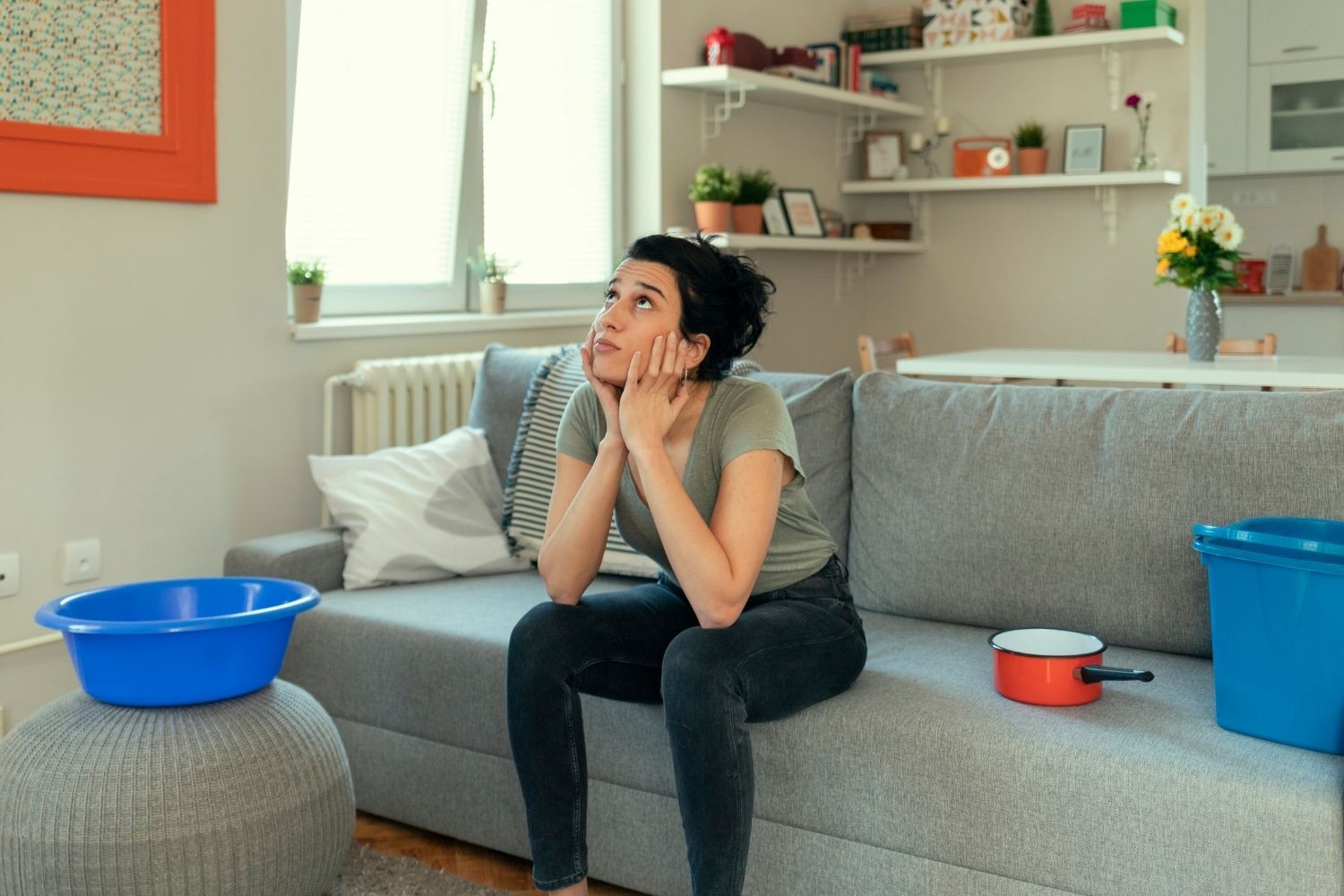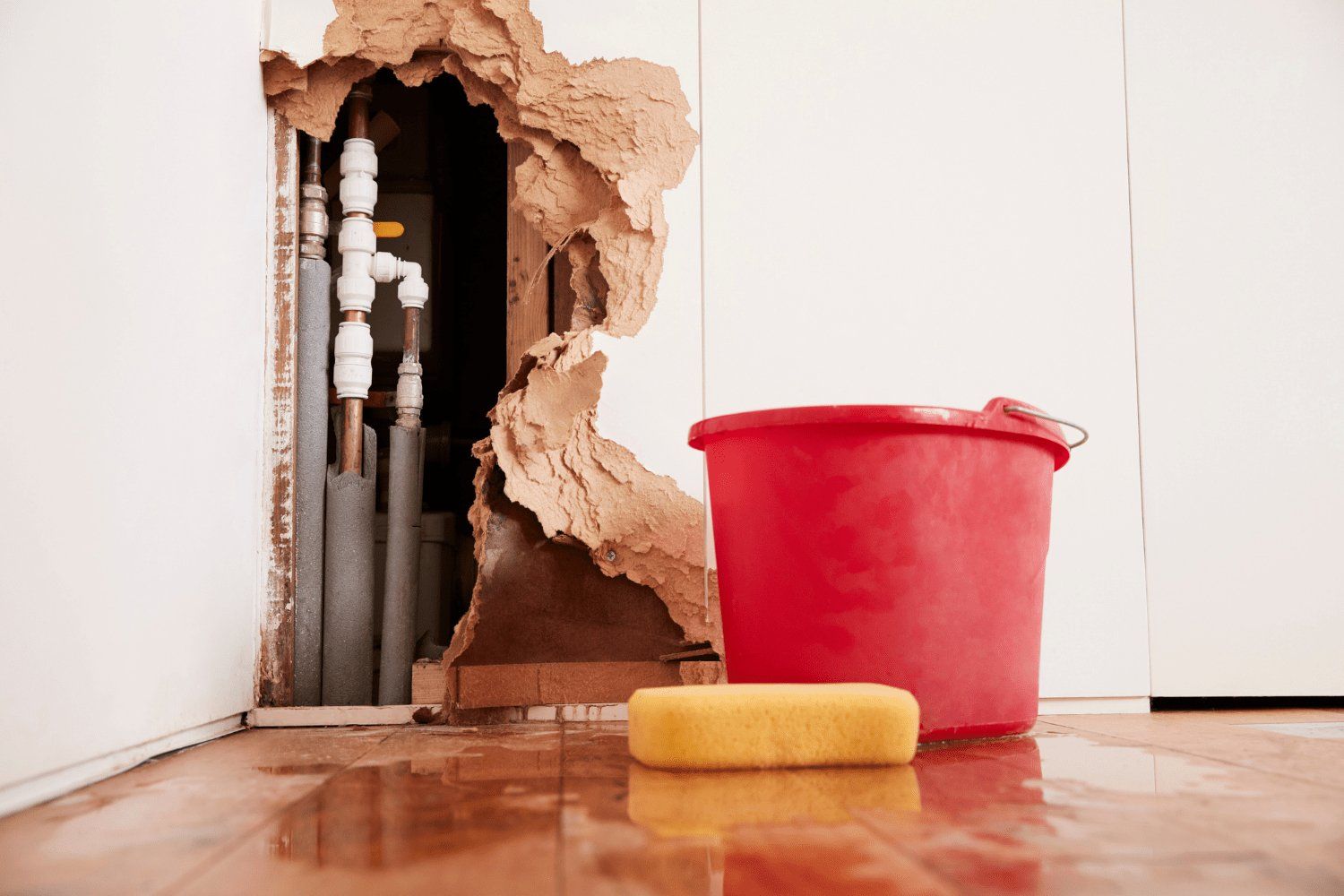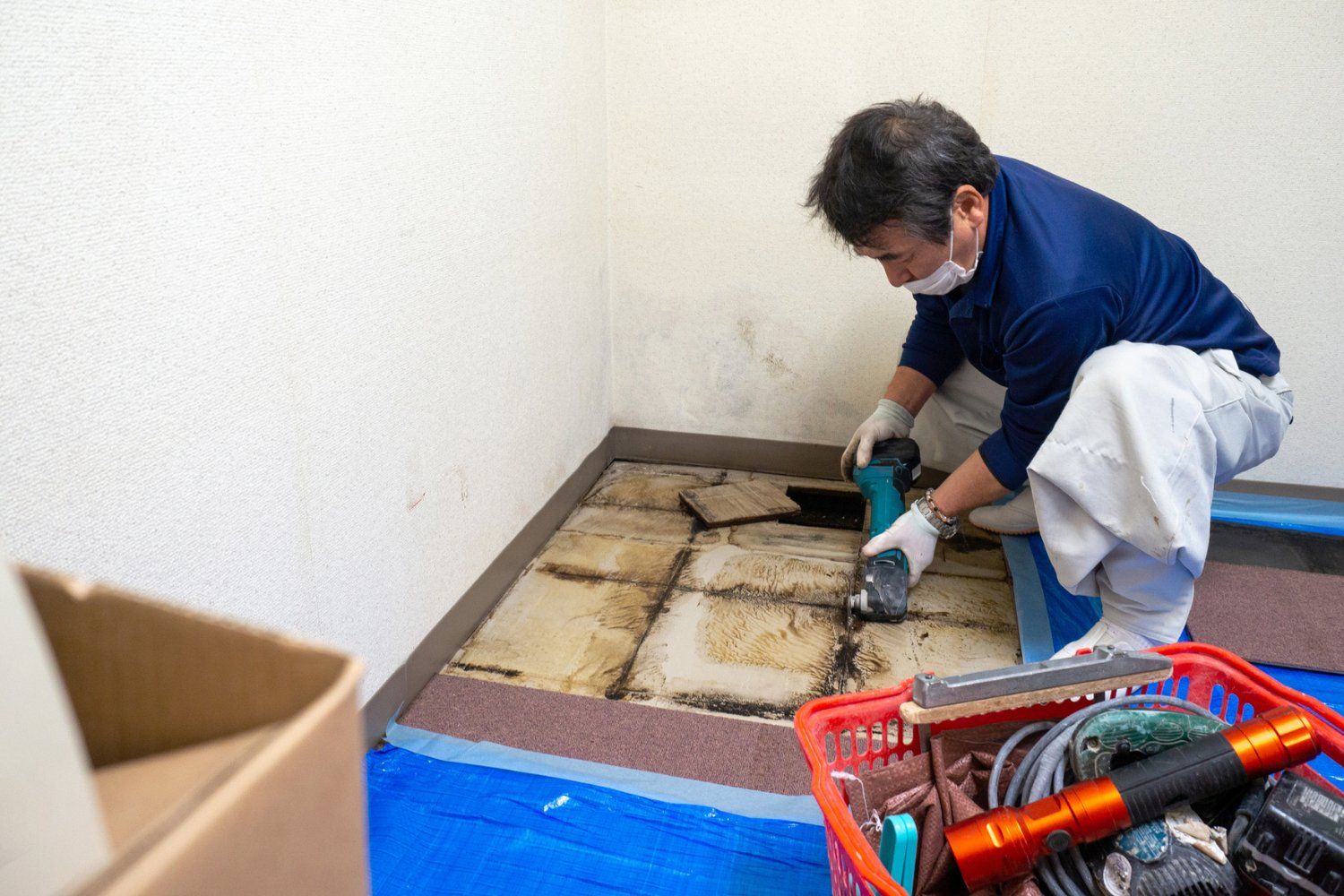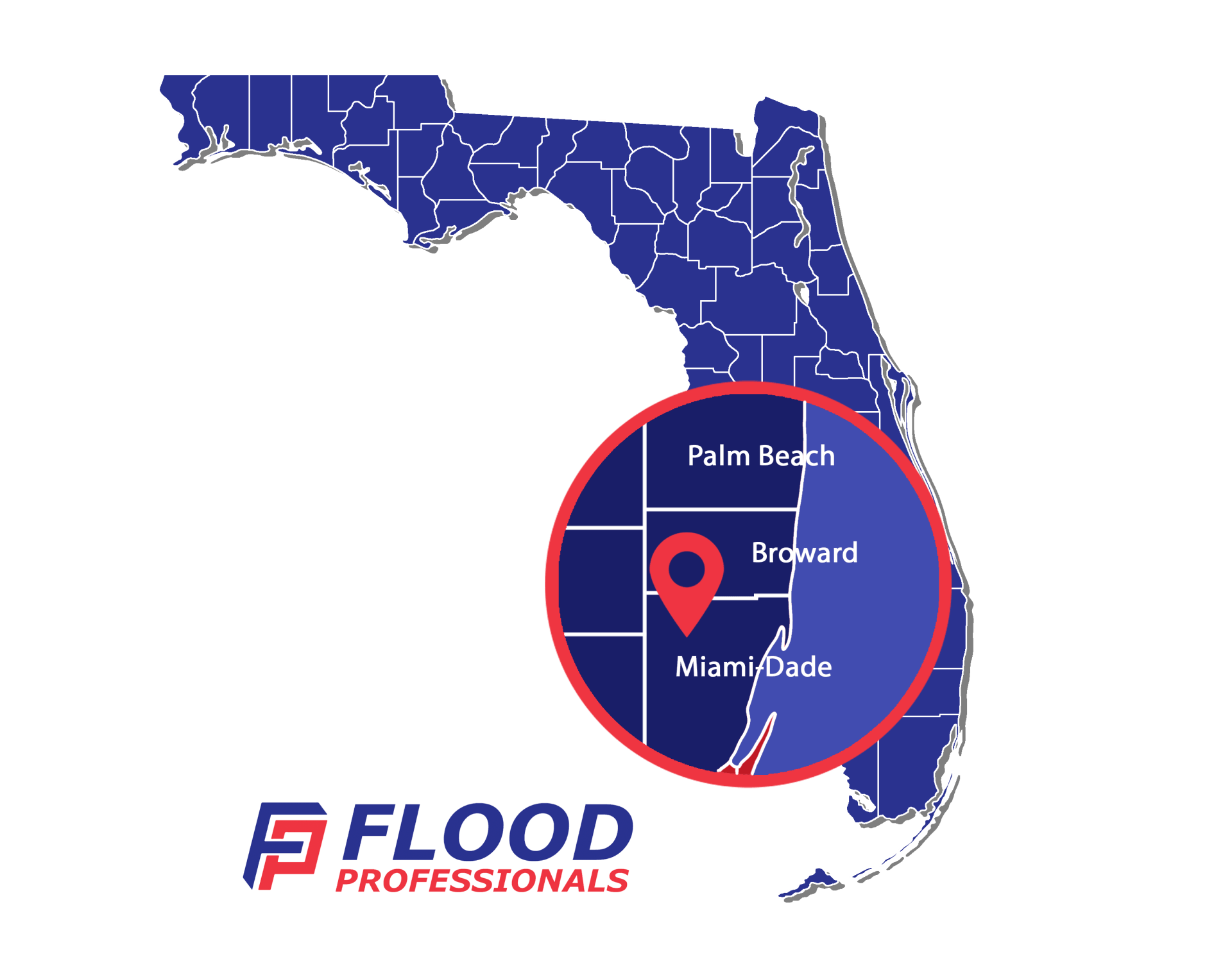Warped Wood Floor Water Damage Repair
Hardwood floors are often preferred for their beauty and durability, but hardwood floor warping can occur . When wood flooring is exposed to water, it can warp or buckle. Water seepage into the floors are often caused by flooding due to natural disasters, burst plumbing pipes, roof leaks, heavy rains and other water damage conditions. When you have warped wood floors it is better to contact a professional water damage restoration company like Flood Professionals, Inc. to restore your wood floor back to normal.
Is It Possible to do a Buckled Wood Floor Water Damage Repair?
A dry towel and a strong disinfecting cleaner can be used to repair minor buckling in hardwood floors. Dry vacuum the afflicted area until it is completely dry; an electric fan might help speed up the process. Dehumidify the space for a minimum of 24 hours.
However, if the elevated wood planks are severely bent as a result of continuous wood floor water damage, you will need to replace them with new ones.
How Do You Do Buckled Wood Floor Water Damage Repair?
Buckling might occur as a result of small or significant damage to your floor. Here's how to repair damaged hardwood floors that are bending:
- Fix the source of moisture:
The very first step is to identify and address the source of the moisture on your floor in order to avoid future bubbles and swelling that might spread the damage to fresh planks. This will keep moisture levels normal.
After the floor has dried, you can begin spot-repairs to repair small damage to single hardwood planks.
Pro Tip: Sometimes bulged hardwood floors will simply recover on their own, particularly if they have not been exposed to moisture for an extended period of time. All you have to do is use a towel and a disinfectant to wipe away the extra moisture. To remove excess moisture, use an electric fan and a dehumidifier.
Here are some tips for removing excess moisture from your hardwood floor:
- Wipe down the damaged area with a dry cloth and disinfect it.
- Vacuum the hardwood floor thoroughly with a hardwood floor vacuum.
- You may hasten the process by utilizing an electric fan and then leaving your dehumidifier on for 24 hours.
This should assist in addressing minor warping and repairing the damaged floor. If the plank still exhibits signs of damage or swelling, try utilizing the intense approach to repair the warping
- Remove the warped plank:
If the moisture has caused irreversible warping and buckling, you may need to remove the damaged boards from thefloor. Take care not to damage the other wood boards. Depending on the degree of the moisture damage, you may need to remove a portion of the plank or the entire board. Set a circular saw to a depth equal to the board thickness for partial removal of wood. Make a parallel incision to the affected area. To pull out the sliced strip or the entire wood board, use a chisel, screwdriver, or pry bar. In certain situations, a hammer will be required to release the tongue and groove joints. Avoid tampering with the nails that hold the groove side of the plank or board in place.
- Replace the damaged planks: You'll need new hardwood planks to replace the warped ones you removed for this stage. To ensure uniformity, make sure the color, finish, and gloss are all the same. Measure the required plank and cut off the plank that fits the damaged cut portion. If it's a complete plank, consider a piece that fits in the left opening. Position the new plank to match the groove, press it into place, and tongue it to fit precisely. Nail the plank or board to the planks' edges, press the nail head below the surface, and cover with a nice wood putty. Wipe any extra putty away with your finger to avoid sticky spots on your floor.
- Refinish the Floor: To remove ant dust and stains, gently sand the board with fine-grit sandpaper. Refurbish the floor to match the rest of the room's flooring. Allow the finish to dry before reinstalling the objects. This step should help to unwarp the wood floor and keep it from bending upward. Keep in mind that crowning occurs when the hardwood floor rises in the middle. Sanding a cupping floor before it completely dries up typically causes it. The major causes of hardwood floor crowning are moisture buildup, excessive mopping, and plumbing leaks. To minimize buckling recurrence and other moisture-related issues such as crowning, cupping, and cracking, make sure you finish the first step thoroughly.
Can Buckled Wood Floor Water Damage Be Restored?
If the moisture damage isn't quite so severe, buckling wood floor boards can sometimes heal itself. Simple washing and drying will remove the moisture and allow the elevated plank to straighten on its own. However, you may want to turn on your air conditioner or dehumidifier continuously for a couple days to accelerate the process.
Buckled Hardwood Floors: What Causes Them?
Wood Floor Water damage is the most common cause of hardwood floors rising up, also known as buckling. This, on the other hand, does not happen all of a sudden; rather, it develops as a result of moisture content buildup over time.
- Moisture buildup can begin as a result of minor water spills, particularly if they are not quickly cleaned up.
- Another significant source of moisture buildup is the spontaneous rise and fall of humidity. Humidity may cause a slow buildup of moisture without you even noticing it.
- Flooding can also cause moisture build-up. Moisture causes floorboards to expand, compress, and eventually rise up after being saturated with water. Warping issues can also arise and harm your laminate floor. Do laminates grow and come into contact? Buckling can also occur in laminate and other solid hardwood floors as a result of this.
- Inadequate sub-flooring, insufficient adhesive, and improper nailing all contribute to hardwood floor warping. This, in contrast to other causes, occurs within days of installation.
Signs of Buckling Hardwood Floor
- Lifting up or pulling up from the sub-floor might be a sign of buckling damage.
- Floor puffed-up patches or crowning, particularly in moisture-damaged regions
- Wood floor cupping occurs when boards turn up on the borders of the floor.
- Cracks and gaps between hardwood planks
Ways to Prevent Hardwood Floor Warping
You can safeguard and prevent your floor from buckling, which will save you money on the expense of unwarping a hardwood floor. Here are some tips for preventing moisture buildup on your wood floor:
- Wipe up any liquid spills as soon as they occur. Liquid spills and moisture are retained or absorbed until the wood becomes saturated to the point where it can no longer hold any more, producing buckling. Furthermore, it may cause other moisture issues such as mold, mildew, and black water marks on wood.
- Check for water leaks on taps, pipelines, and sinks on a regular basis.
- You should also think about adding a sump pump and a dehumidifier to keep your house or area dry.
- Wet cleaning your floor should be avoided. After damp mopping your hardwood floor with your preferred dust mop, make sure it's completely dry.
- High-heeled shoes should be avoided. High heel shoes may leave dents and scratches on your hardwood floor, allowing water to infiltrate underneath the boards.
- Unless your hardwood floor has been sealed, avoid steam cleaning it.
- Selecting a hardwood cleaning product should be done with caution. To avoid scratching and damaging the floor finish, avoid using water-based cleansers, abrasive cleaning solutions, and equipment.
- If moisture content is a concern, mainly due to humidity and temperature variations, engineered wood flooring, such as laminate, may be a good option.
- Because solid woods expand and contract as a result of water leaks and humidity fluctuations, engineered wood floors may be a better alternative. Laminate and engineered wood are designed to resist expansion and contraction caused by variations in humidity.
Conclusion
The most effective approach to preserve your wood floor water damage is to avoid it in the first place. Always use the proper sealant and reapply it frequently. To address the situation as soon as possible, locate and do wood floor water damage repair any areas where water is leaking.
Water Damage Restoration Company Serving Florida
Flood Professionals, Inc. has been one of Florida's most dependable wood floor water damage repair businesses for over 30 years. We service a wide range of residential and commercial properties across Miami-Dade County, including Miami, Miami Beach, and Homestead. We take pleasure in offering dependable and skilled wood floor water damage repair services suitable for almost any assignment. We will deal with your insurance providers directly, including direct invoicing, so you will not have to worry about payments. This helps to alleviate the tension and worry that often accompany wood floor water damage repair and restoration projects.
Contact Flood Professionals, Inc. at 305-697-9080
today for 24 hour wood floor water damage repair, fire damage restoration, or mold remediation along with any of our other services or get an instant quote from our website. Our
water damage restoration company will get to your Florida home or business in 30 to 60 minutes.
Learn more about 10 Certain Steps to Recovery after storm damage.
